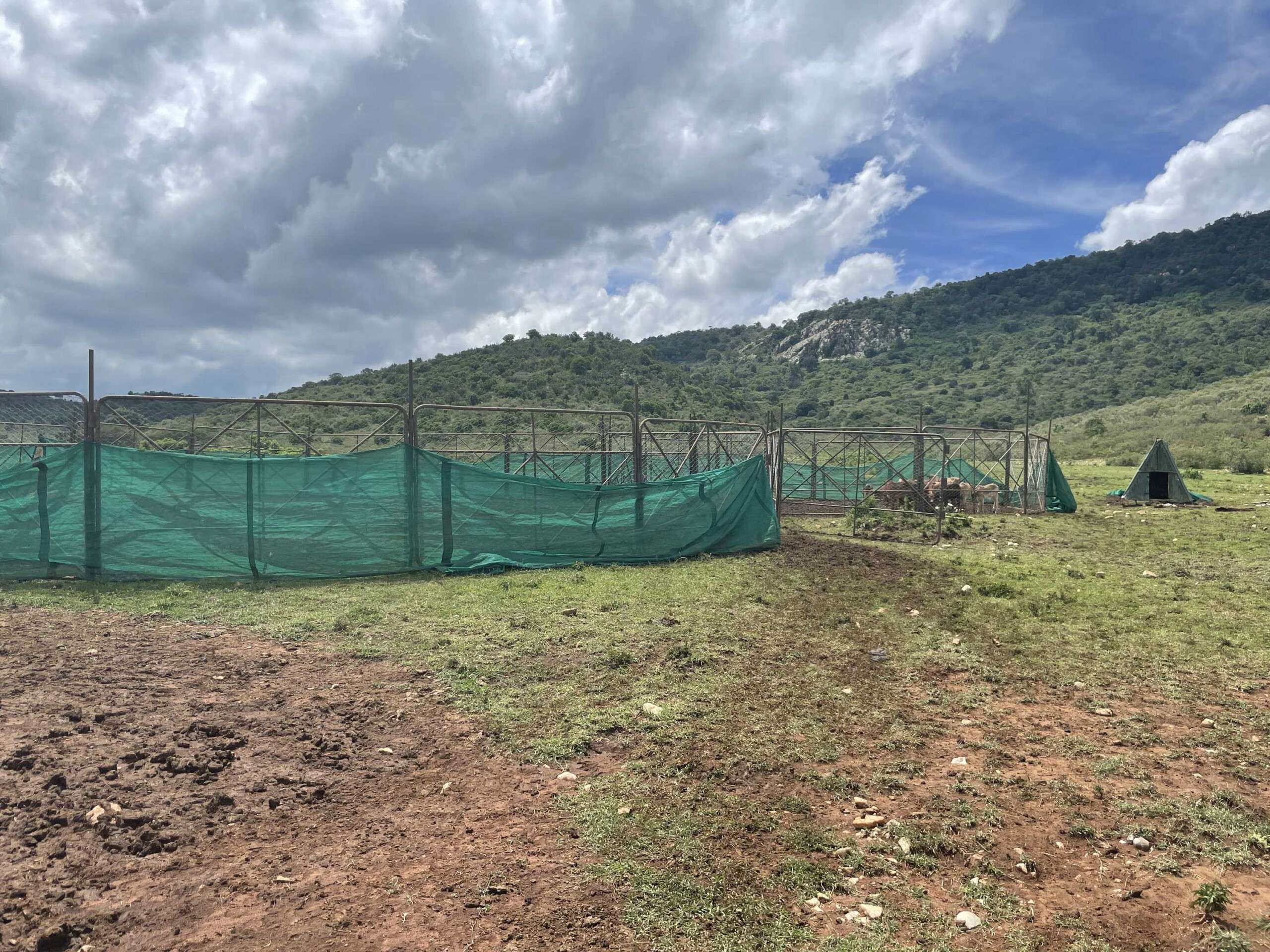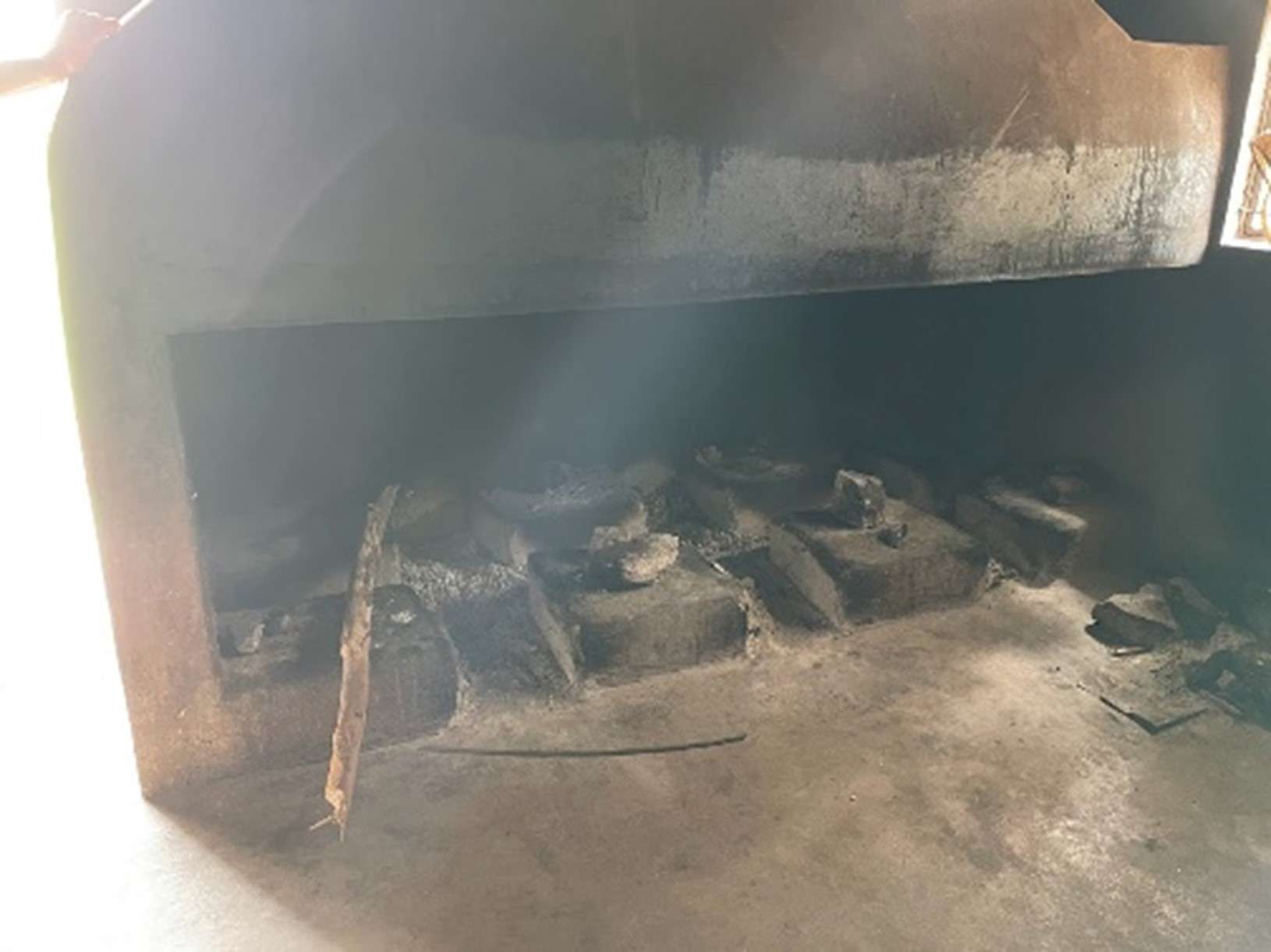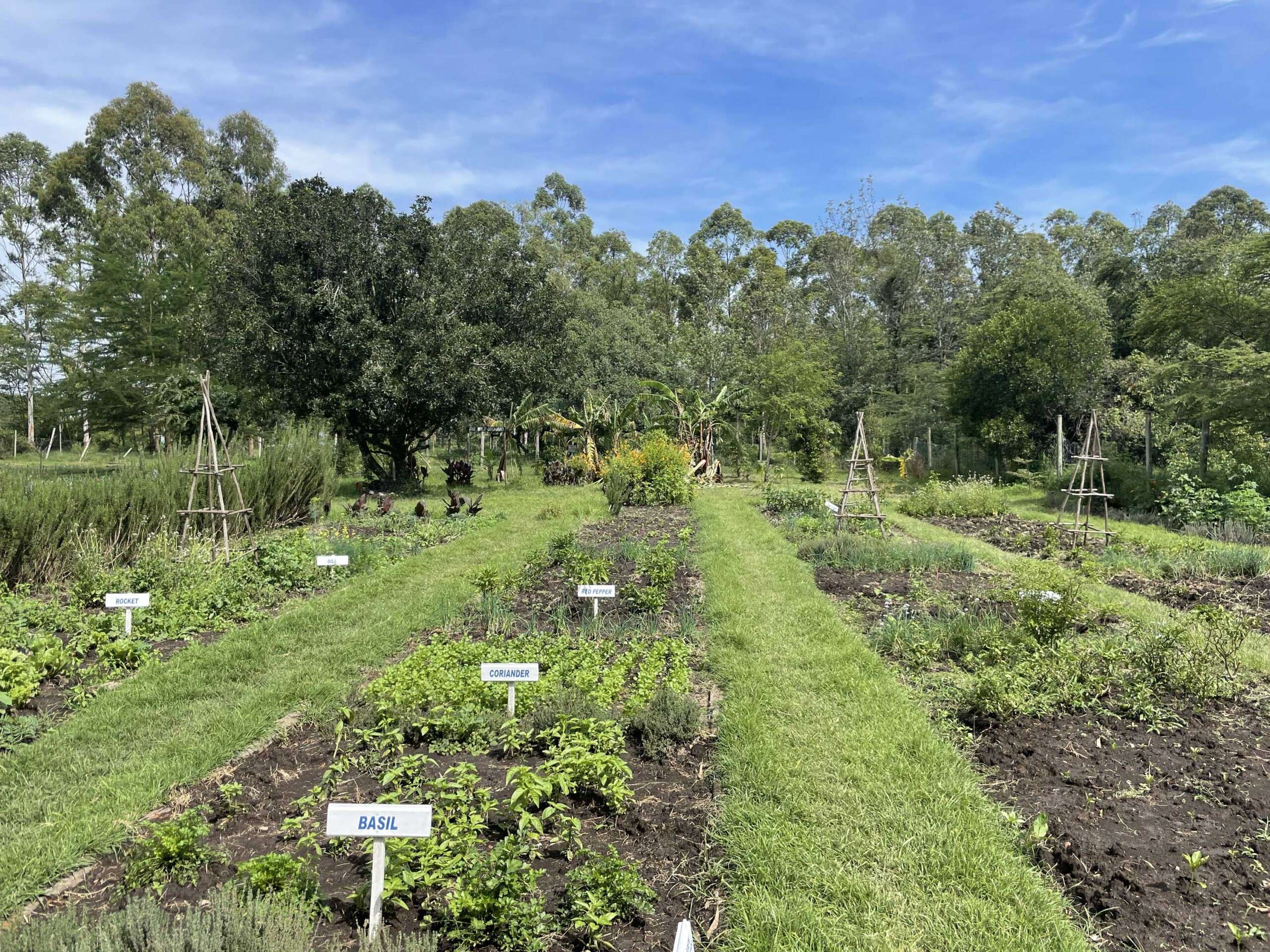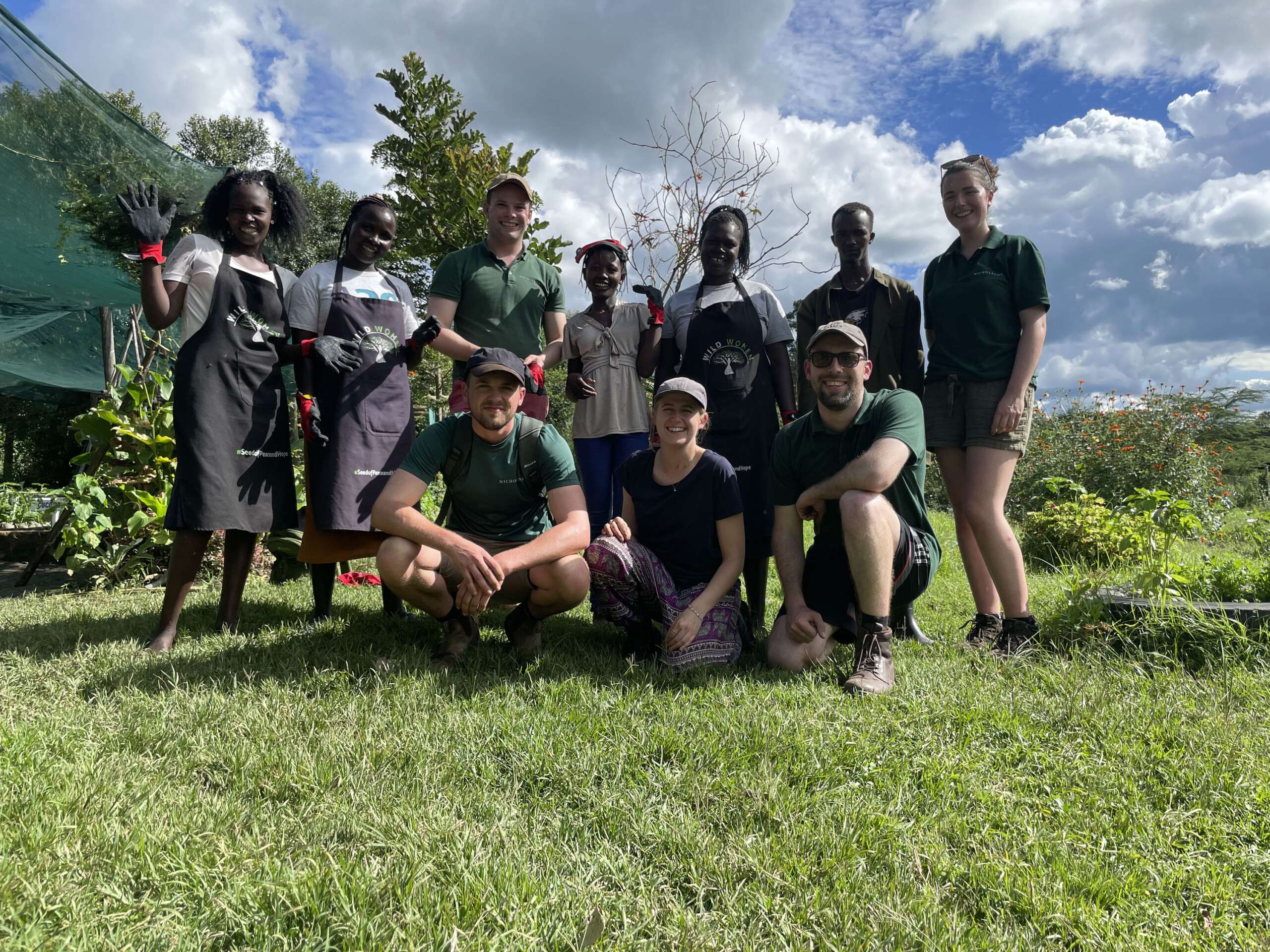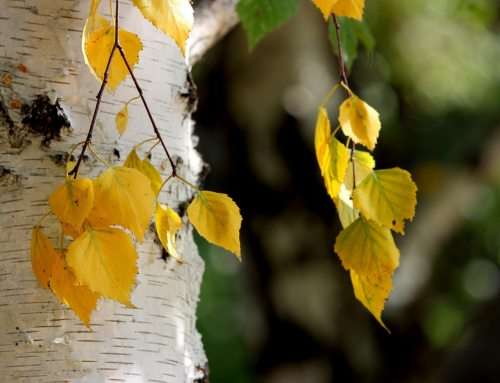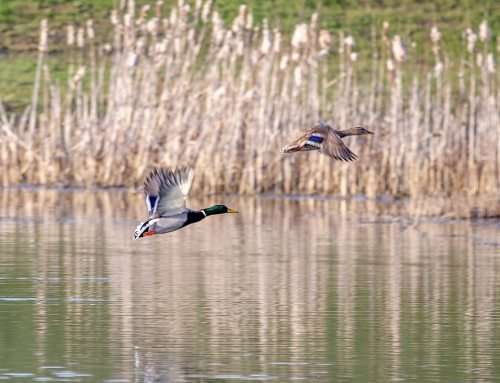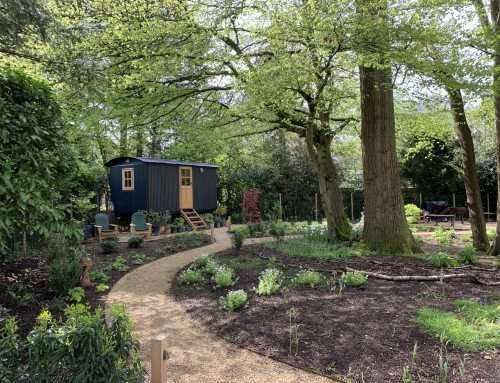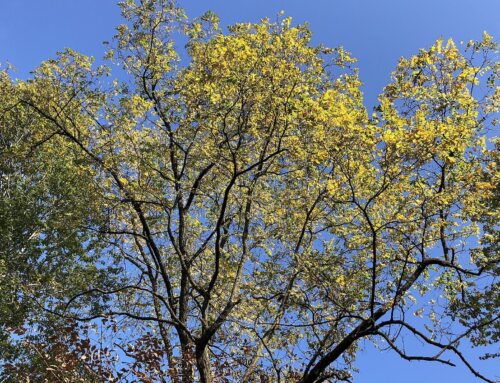Exchange of Ideas Across Continents: Nicholsons Graduates Visit the Mara
By Harriet Smith, George Griffin & Eleanor Dring
At the end of April, a group from across the Nicholsons Forestry, Soils, Landscape and Yurt teams travelled to the Maasai Mara in Kenya to learn and experience a variety of projects that Nicholsons have been involved in for many years.
Herds of cattle (including traditional Maasi cows along with those bred with Boron Bulls for beef), graze across the Mara; herded by farmers in ‘C’ shapes to avoid predators such as cheetahs. There is a great sense of community, with both land and livestock owners dividing the profits from the herd. As such, one of the first projects we saw were the mobile ‘Bomas’ that the Maasai people use to protect cows from predators. The mobile Bomas are used with the community herd (Nicholsons helped set up by purchasing some of the seed herd). A movable boma is a temporary metal fence positioned to create an enclosure that the farmers can move to different grazing locations. This management strategy has several advantages including the cows trampling invasive plants which are not edible by animals. High concentrations of cattle urine changes soil properties, thus making the soil less suitable for these invasive species. Whilst Bomas ensure a singular patch of land is not overgrazed, it also focusses nutrients in a single area, promoting fresh grass growth which cattle and wild animals like to graze.
This grazing method also has benefits to the ecosystem, in particular helping to increase beetle activity and improve nutrient cycling. This is evidenced by how five years ago, dung beetles were a rare find in the Mara and now they are a common sight. The beetles bury the dung as a food source and a suitable habitat to lay eggs. This in turn increases the soil organic matter, along with aerating the soil and creating pores for water to infiltrate. An increase in soil organic matter and vegetation roots improves the stability of the soil. Bomas are therefore a sustainable farming practice within the Mara. The Mara acts as a case study for other conservancies who are gaining interest in using and learning about this successful grazing system.
Following this, we visited Emarti Primary School to discuss the school environment and our work there.The school currently has 470 pupils and employs 15 teachers who all speak fluent Swahili and English – these two languages are compulsory in the curriculum. We were surprised to see the kitchen area where meals for all students are currently cooked over an open fire, however, the school is now looking to turn towards biogas, an area Nicholsons may help to fund. Secondly, the school has planted a variety of trees and vegetation across the school grounds to provide protection from the sun, and the trees are well protected with old thorn twigs to keep away browsing animals – mostly naughty goats!
Much of our time in Kenya was spent getting involved with the Women in the Wild, an exciting project which aims to plant 8,000 trees by the end of the year and empower women in the community in the process. The project is led by Jane, with five additional women working closely alongside her. They showed us how they collect seedlings from the forest and plant them in large cells. The women are an inspiration, working incredibly hard to plant the trees, educate the community and provide income for their families. The focus of the Women in the Wild project is on native tree growth, within riparian areas, schools and villages targeted as key areas for afforestation. Nicholsons have a pivotal role within this project, providing funding, expertise and equipment to ensure the ambitious targets are met.
The following day, the Women in the Wild kindly let us plant some seedling trees in their local village and introduced us to elements of Maasai culture, including the traditional robes worn by the women in the village.
The Women in the Wild tree nursery is located within the Shamba, a fruit and vegetable garden which provides produce for our accommodation in Kenya. The Shamba grows a variety of produce, such as broccoli, artichoke and papaya, although elephants often break in and eat the fruit and vegetables, a similar issue to that experienced at Emarti Primary School. As such, elephant proof fencing is being implemented, but we are yet to see if this will be fully effective. In the Shamba we were shown their incredibly effective composting system which generates natural fertilizer for the produce and we got involved with weeding several of the fruit and vegetable beds. Nicholsons’ have been involved in the Shamba from the outset, providing initial funding to help set up and build this garden. As a result of this trip, we will be looking into improving the flooring of the seedling nursery as this can become slippery with mud after rain showers. Previous trips to the Maasai Mara have also seen teams help to build raised beds, implement fencing, and undertake general garden maintenance.
During our time in Kenya, the team visited several other projects which Nicholsons will potentially be involved in moving forward. These projects range from large-scale reforesting projects to wetland restoration, all of which will have a long-term positive impact on the community and wider environment.
Throughout our time in Kenya, we were able to see first-hand the positive impact these projects are having on the community and hope that this impact only increases with time. Our time in Kenya also taught us new methodologies that we can take forward in our work in the UK and has energized us to continue to make positive changes and challenge the status quo.

